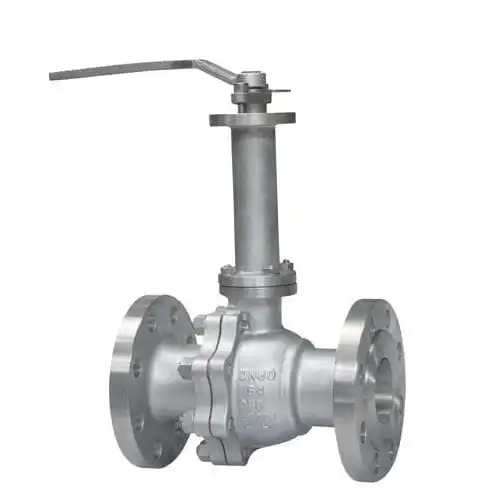The cryogenic ball valves are mainly used in liquid media with low temperatures, like liquid oxygen, liquid hydrogen, liquefied natural gas, liquefied petroleum products, etc. Such media are not only flammable and explosive, but will vaporize when heated or flashed, and the volume expands rapidly during gasification. Thus, if the design of the valve is unreasonable, there will be overpressure in the valve cavity, which might lead to valve leakage or cracking.
The selection of the valve material is the first step to ensure safety. Low temperature carbon steel or stainless steel are often used for cryogenic ball valve, such as LCB, LC3, LF2, CF8 and F304.
For media with a temperature lower than -50℃, extended bonnet or stem will be used for cryogenic ball valve. The length of the stem depends on the specific lowest temperature. The function of the extended stem is the following:
- To reduce a amount of heat into the valve from outside
- To keep the temperature of packing gland over 0 ℃ for the normal function of packing
- To prevent the parts over stem from freezing

